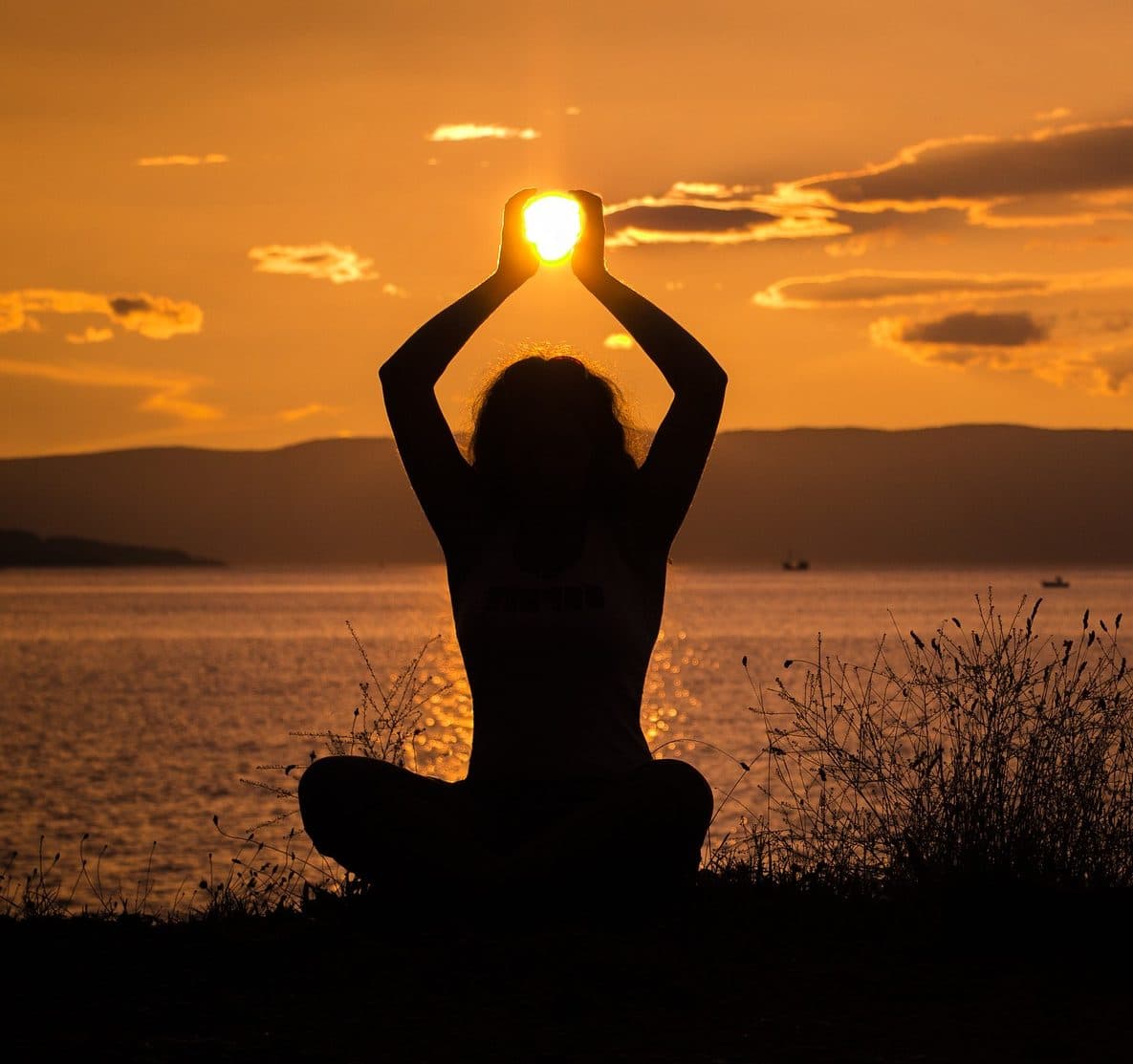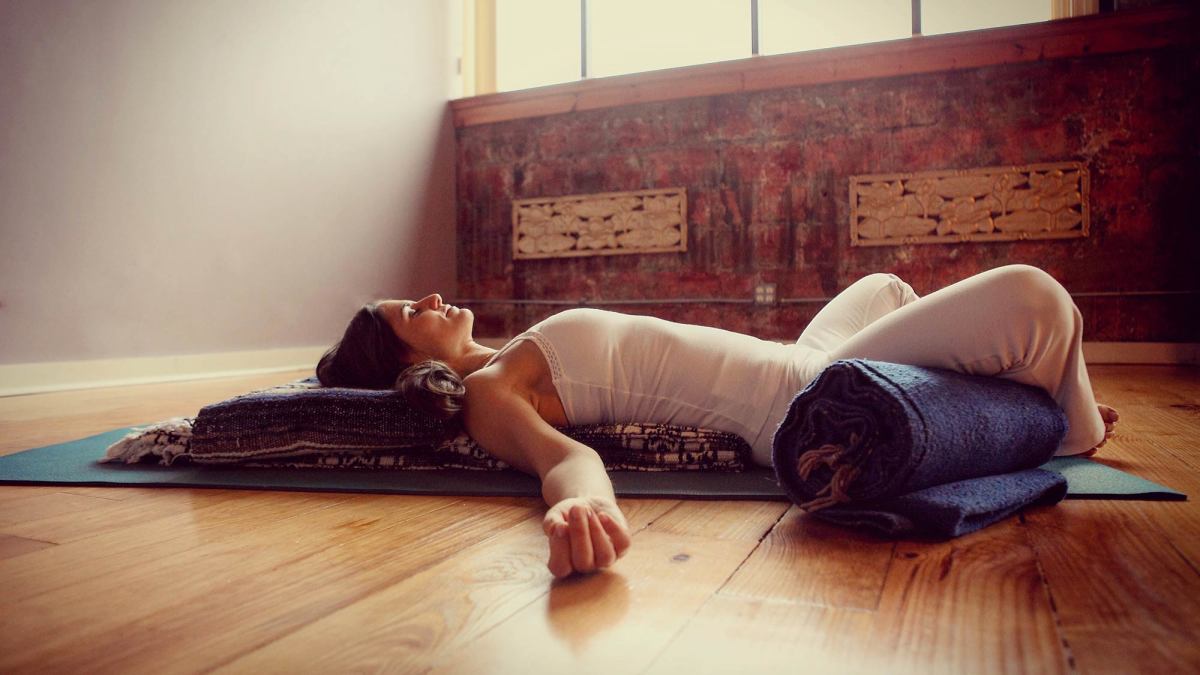How Restorative Yoga is Beneficial For Pain Management
Stress. Every individual deals with some form of it in their life. We live in a world filled with bright lights, loud noises, cell phones, and computers. Americans on average work longer hours and have less vacation than many other countries. To simply put it, life can be over stimulating- particularly to our central nervous system. When we hear a loud noise, for instance, our natural stress response activates our sympathetic nervous system which increases our heart rate and contraction, releases adrenaline and cortisol, tenses our body, and increases alertness. This system also communicates with the areas of the brain that control mood, motivation, and fear. This cascade of events is usually self-limiting once the perceived threat is gone. But what happens when stressors are always present and we can’t calm this system down? Studies show chronic stress can lead to health issues such as depression, headaches, anxiety, digestive problems, heart disease, sleep problems, weight gain, and memory and concentration impairment. These symptoms are far too common, and as a health professional, I feel it is imperative for me to educate individuals on how to cope with daily life demands and stressors.

Research shows treatment methods to decrease stress involves, but are not limited to, eating a healthy diet, exercising daily, getting enough sleep, being surrounded by a healthy network of friends and family, learning to cope, and meditation. Yoga has been popular in Western culture for years with various types of practice. It is an ancient philosophy and healing system that has been practiced for greater than 5,000 years and combines breathing exercises, physical postures, and meditation.
Restorative yoga focuses particularly on achieving a deep level of relaxation and recuperating the body with the use of props and prolonged holds of simple positions. The goal is to achieve absolute relaxation, so for example, if laying on your back is uncomfortable, a bolster is placed under your legs in order to hold the pose without strain. Calming music, towel rolls, and blankets are props commonly used in class to sustain positions comfortably. The slower pace and deep breathing stimulates your parasympathetic nervous system which can combat the physical and mental effects of everyday stress by decreasing heart rate, tension in muscles, and cortisol levels. The calming quality of a restorative yoga class helps you draw attention inward and away from external events going on in your life. Common ailments such as headaches, backaches, anxiety, and insomnia can decrease with the use of restful poses and deep breathing techniques.

Being a physical therapist who specializes and commonly treats patients suffering from chronic stress and pain, restorative yoga is a class I highly recommend to my patients. With that being said, this class can be beneficial for anyone. To find a class near you, I would recommend contacting local yoga studios, as most offer restorative yoga classes. If you continue to suffer from chronic stress and pain click here to learn about additional pain management options.
In addition to restorative yoga, another stress management tool gaining popularity among my patients is full-body red light therapy. This at-home option allows individuals to experience the calming and therapeutic effects of red light in the comfort of their own space. It works by targeting the body with low-level wavelengths of light, which can help improve circulation, reduce inflammation, and promote relaxation—all vital components when tackling chronic stress and pain.
Many of my patients have found that integrating red light therapy into their daily routines enhances the effects of traditional treatments like yoga or physical therapy. It’s not just about managing physical discomfort; it’s also about creating a calming environment where the body and mind can reset. For those curious about how it works or want to see how others are incorporating it into their wellness routine, I suggest checking out their blog, which offers insightful articles, user stories, and helpful tips for getting started.
Of course, while red light therapy and restorative yoga offer a powerful one-two punch for stress relief, consistency is key. Just as stress accumulates over time, it takes steady, intentional effort to ease its grip. Making time each day for therapies that support your physical and emotional well-being can significantly reduce the long-term effects of chronic stress. It’s all about finding what works best for your lifestyle and sticking with it—your future self will thank you.
